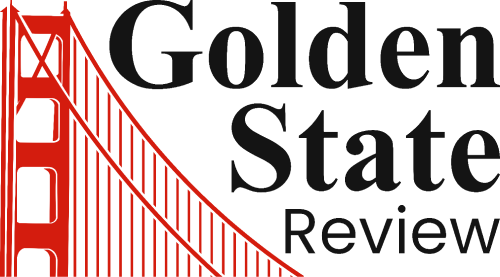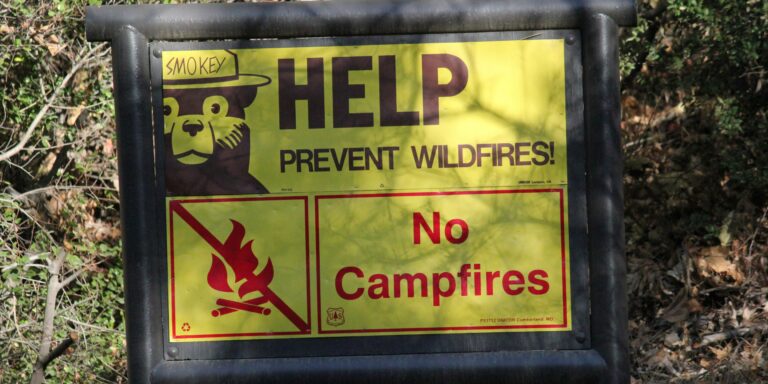In a proactive move to combat the increasing risk of wildfires, the city of Berkeley has enacted new safety regulations targeting high-risk areas within the community. On May 18, 2025, the Berkeley City Council unanimously approved the new measures, which require residents in these areas to remove all combustible materials within five feet of their homes, creating a “defensible space” to help prevent the spread of wildfires. These regulations, known as “zone 0” regulations, are a direct response to the increasing frequency and intensity of wildfires in California and aim to enhance both community resilience and public safety.
The new measures are designed to give firefighters critical time during evacuations and fire suppression efforts, as well as reduce the overall risk of a home catching fire due to surrounding vegetation or materials. The regulations will require residents to clear any brush, dead plants, or other flammable materials near their homes, which will be regularly monitored by city officials. The move follows a series of devastating wildfires across California, which have left communities grappling with the destruction of homes, infrastructure, and lives.
The Importance of Defensible Space in Wildfire Protection
The concept of defensible space has long been recognized by fire officials as a key component in mitigating wildfire risk. By creating a buffer zone around properties, homes are better protected from the encroaching flames that can quickly spread across neighborhoods during intense fires. In high-risk zones, such as Berkeley’s vulnerable hillside areas, defensible space can mean the difference between a home surviving a fire or being consumed by it.
Berkeley’s new regulations are particularly significant given the city’s geographic location and its proximity to regions that have experienced some of the worst wildfires in California’s history. With many homes in Berkeley situated near dense vegetation and forests, the introduction of zone 0 regulations is seen as an essential step toward minimizing the dangers posed by the state’s increasingly volatile fire season.
While many residents understand the importance of these fire prevention measures, the new regulations have been met with some opposition. Some community members have raised concerns about the cost and practicality of complying with the new rules, particularly in areas where homes are located close to wooded spaces. Additionally, there are worries that the regulations could unfairly burden lower-income residents who may struggle to afford the required work to clear their properties.
Despite these concerns, fire officials have emphasized the urgent need for these preventative measures. “Wildfires are becoming more unpredictable and dangerous each year,” said Berkeley Fire Chief Janet Selby. “These regulations are a crucial step in protecting lives, homes, and the environment from the growing threat of fires. We have to act now to ensure we’re as prepared as possible for the next fire season.”
The Path to Resilience: Community Efforts and Support
The city of Berkeley has pledged to support residents who may face financial challenges in implementing the new regulations. A fund to assist low-income property owners with clearing their homes has been set up, and the city is working with local contractors to provide discounted services. Berkeley is also launching an educational campaign to raise awareness about wildfire safety, including offering workshops on how to create defensible space and reduce wildfire risk.
As climate change continues to drive more extreme weather patterns, the regulations represent a shift toward more proactive, rather than reactive, wildfire management. The city hopes that these new measures will set a precedent for other municipalities in California, where similar fire risks are becoming increasingly common.
California Insurance Commissioner Investigates State Farm’s Handling of Wildfire Claims
In another development related to California’s wildfire crisis, California Insurance Commissioner Ricardo Lara has launched an investigation into State Farm General’s handling of wildfire claims following the catastrophic fires that ravaged Los Angeles in January 2025. The fires, which were among the most destructive the state has ever seen, left thousands of survivors grappling not only with the loss of their homes but also with issues related to insurance coverage.
State Farm, which received over 12,600 claims stemming from the fires, has already paid out approximately $3.4 billion to policyholders as of May 5, 2025. Despite this large sum, many survivors have accused the insurer of denying coverage, delaying payments, and failing to provide timely assistance. These issues have sparked public outcry, with many residents questioning whether State Farm, the largest insurer in California, is doing enough to support those affected by the devastating fires.
In response to these concerns, Lara has initiated a formal investigation into the company’s practices. “We understand how devastating this situation is for survivors, and we want to ensure that they are receiving the support and compensation they deserve,” Lara said in a statement. “While we want to avoid disrupting claims processing, it’s critical that we address any unfair practices that may be harming policyholders in their time of need.”
Investigation to Ensure Accountability
The investigation could result in significant consequences for State Farm if the company is found to have violated any laws or regulations related to claims processing. California law requires insurers to act in good faith when handling claims, and Lara has indicated that he is prepared to take legal action if State Farm’s conduct is deemed to have harmed policyholders. While Lara has not ruled out potential fines or penalties, his primary goal is to ensure that all survivors are treated fairly and that they receive the financial support they need to rebuild their lives.
The investigation is also part of a broader effort by state regulators to improve the insurance industry’s response to natural disasters, particularly as the frequency and severity of wildfires continue to rise. As the state braces for future wildfire seasons, there are growing calls for more stringent regulations to ensure that insurance companies are held accountable for how they handle claims in the aftermath of disasters.
The Larger Context: Wildfire Impact on California’s Insurance Market
The rising frequency of wildfires in California has put considerable strain on the state’s insurance market. As more homes are lost to fires, insurance premiums have soared, and many insurers have pulled out of high-risk areas. In response, state officials have been working on reforms aimed at stabilizing the insurance market and ensuring that residents in fire-prone areas have access to affordable coverage. However, with the costs of wildfire damage continuing to escalate, the future of California’s insurance market remains uncertain.
As the investigation into State Farm’s claims practices unfolds, it is likely that it will bring broader attention to the challenges facing homeowners and insurers in California. State officials are under increasing pressure to balance the need for insurance coverage with the need for greater accountability in the industry. For residents impacted by wildfires, this ongoing situation underscores the importance of clear, fair, and prompt insurance responses to ensure they can rebuild after disaster strikes.
Moving Forward: Collaboration and Solutions
The combined efforts of local governments, fire departments, and insurance regulators in California will be critical in addressing the growing threats posed by wildfires. As communities like Berkeley take action to improve wildfire safety, and as regulators work to hold insurers accountable, the state must continue to invest in long-term solutions to reduce the impact of wildfires on its residents.
For more information on wildfire safety and how to prepare your home, visit CAL FIRE.



